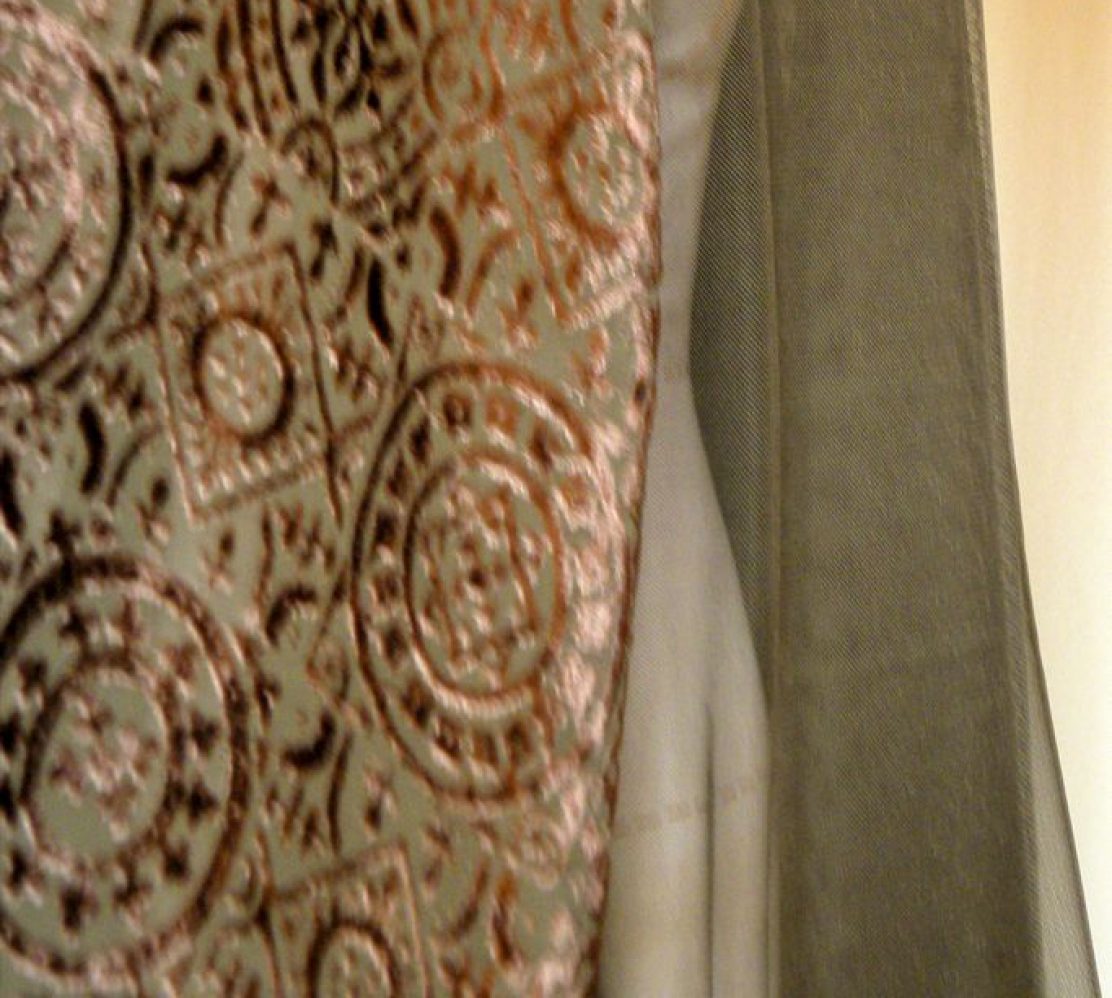 Next on my write up list is this attempt to recreate a beloved but shrunken sweater with a 60ish vibe. It always reminded me of this scene from Breakfast at Tiffany’s. And who can resist anything from that film right?
Next on my write up list is this attempt to recreate a beloved but shrunken sweater with a 60ish vibe. It always reminded me of this scene from Breakfast at Tiffany’s. And who can resist anything from that film right?

Knitting would have taken too long and require skills that I don’t have. So sewing with a sweater knit fabric it is then.
The Pattern
I went through my growing collection of patterns and of course nothing match exactly. So I had to resort to Franken-patterning. This one from Burda comes closest to what I want…
Style Shots & Mug Shots
Fabric & Notions Used
Size Used
I graded down to a size 34, ignoring standard instruction for a 38.
Changes Made
Fitting changes
You’d thought a loose-fitting garment would be easy to fit. But I actually find it harder. All my reference points – the darts, the bust point, etc – all gone. Where do you begin? (And anyone who thinks a sack is a good idea should read fit for a queen‘s recent “Let’s Be Honest” blog post.)
So I tried a variety of things. And of course the project end up taking longer than it should.
First was comparing it to my WIP woven sloper. No idea how to align the sloper against the pattern. It doesn’t help that Burda never has bust point indicated on the pattern. In the end I tried aligning the underarm levels and roughly check the widths to ensure they’re at least as wide as my almost easeless sloper.
As insurance, I tried tissue fitting too and ended up with this:


…which seemed alright. It has some ease, but it wasn’t like a tent or anything.
 So I started sewing it up. But when I tried it on after basting the sleeve & side seam, I decided it was a bit too loose for the design I wanted, and the shoulder point was neither here nor there, so over all a bit frumpy.
So I started sewing it up. But when I tried it on after basting the sleeve & side seam, I decided it was a bit too loose for the design I wanted, and the shoulder point was neither here nor there, so over all a bit frumpy.
I decided to take it in from shoulder point through the armscye and down the side seam. And also shorten it a bit in both bodice and sleeves.
But oops, I forgot that with the shoulder seam shortened, the sleeves will be shorter too. So in the end I had to sew back in a fake cuff to make up for my over-zealous shortening.
Here’s the final pattern with the final seam lines in light blue.


I won’t go into the usual tedious details of all my changes. The only one really worth pointing out is how massively wide the original sleeve was. I must have taken in at least 2″ with the vertical tucks.
Design changes
Apart from shortening and making it slightly more fitted at the bust, the key design changes are obviously…
- Changed sleeves to standard narrowed sleeves.
- Adding the cowl / giant turtle-neck collar. This is simply a rectangle the width of my head circumference and about 9″ in height + seam allowances. The finished height is 4-1/2″ double-layered.
Verdict on the Instruction
Again instruction ignored because of my design changes. If I didn’t have to make fitting changes half-way through this would have been sewn up in no time. I was terrified of the fabric because I’ve never sewn a sweater knit. But it was in fact a dream to sew with. For this one I used only Bernie the serger and finished the hemming by hand.
Here’s how I constructed this one:
- Overlocked shoulder seams with clear elastic stabilizer, collar CB seam, sleeves and bodice hem edges. Shoulder SA finger-press towards the back.
- Overlocked collar to neckline in the round, collar CB seam matching bodice CB. SA finger-pressed downward & hand back-stitched in place. (Could have machine top-stitched in place instead.)
- Overlocked sleeves to bodice armscye. Finger-pressed SA towards bodice.
- Overlocked sleeve and side seams. Finger-pressed SA towards back.
- Catch-stitch sleeve & bodice hems.
And there you go!
Except for my cuff extension of course. As it was a fix for a boo-boo, there’s no point going into how I did it. The result isn’t bad, but given the choice I’d left it as regular hem.
Would I sew it again / Would I recommend it to others
Hell Yeah. Especially if I find another lovely sweater knit in that weird shade of grayish white like the original sweater I shrunken. This one is a keeper.
And I think I will also try the pattern as originally designed – a tunic with front slit and hem slits and border and all!
Like this:
Like Loading...
 I do own one of those weird contraption called a ruffler foot. But given the type of garments I tend to sew I’ve never used it on a project before.
I do own one of those weird contraption called a ruffler foot. But given the type of garments I tend to sew I’ve never used it on a project before.




















































